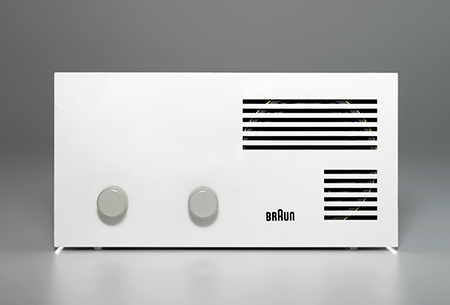Alice Rawsthorn on the pros and cons of new digital interface design

Alice Rawsthorn asks why the aesthetics of something so pervasive [as digital user interfaces], the design of which is deeply sophisticated in other respects, are often underwhelming.
Developing a definitive design aesthetic as Braun once did is fiendishly difficult in any context, but especially so for something as complex as a digital interface with its multifarious functions. […]
Yet user-interface designers also have great advantages. Their field is relatively new, which is often conducive to a gutsy and experimental approach to design. It also includes huge companies with immense research resources like Apple, Google and Microsoft affording plentiful opportunities to operate independently, free from corporate pressures to compromise. Nor is the visual aspect of user-interface design encumbered by formal constraints. There is no legislative pressure to use specified operating symbols, or an industry-wide agreement to do so, as there is, say, for DVD recorders. In theory, user-interface designers have been free to invent their own aesthetic and have had the inestimable advantage of powerful leaps in technology to help them.
Alice Rawsthorn writes about design for the International New York Times and is the author of Hello World: Where Design Meets Life (2013). She lives in London, UK.



